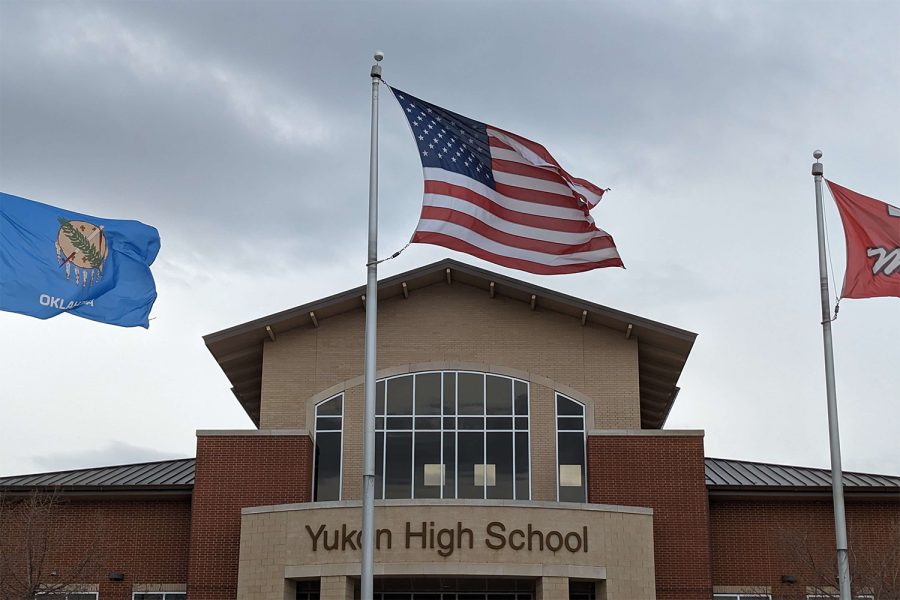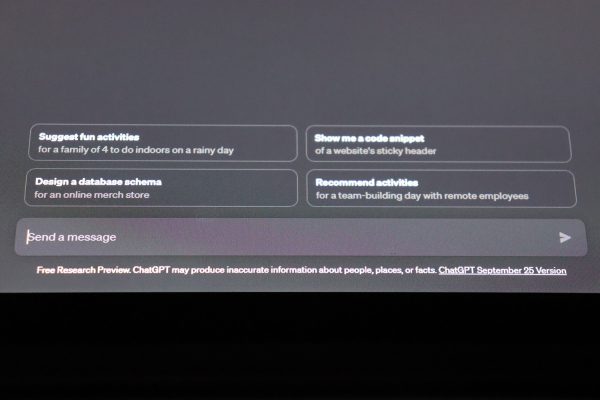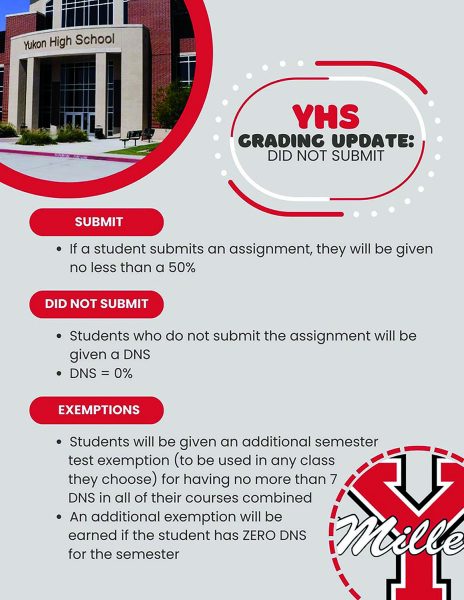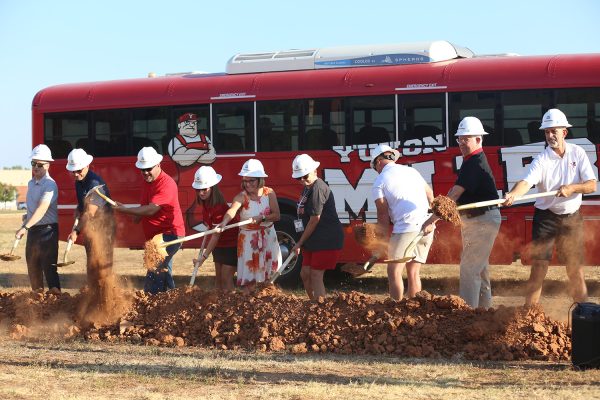Storm season is here: The basics and how to stay safe
During severe weather seasons in Oklahoma, tornadoes become more common and can cause destruction to property. “That’s why we want people to do something different with their life for 20 minutes in a warning.” Meteorologist In Charge of the National Weather Service in Norman Mark Fox said.
May 4, 2023
Throughout the United States, a period of time from March through June is when severe thunderstorms and tornadoes occured the most, commonly known as tornado season. Tornadoes occur any time of year but were more likely during this period because of the conditions involving temperatures on the ground and in the air. In addition, Oklahoma is in the region known as Tornado Alley.
“The reason that storms are more severe in the spring is that the lowest levels of the atmosphere are warming up, but it’s still winter in the upper levels of the atmosphere. The combination of very warm air at the surface, and very cold air aloft really means your thunderstorms are gonna grow,” Meteorologist in Charge of the National Weather Service in Norman Mark Fox said.
The strength of tornadoes is based on the Enhanced Fujita (EF) scale, which ranges from EF0 to EF5. An EF5 tornado, the rarest, had winds greater than 200 miles an hour. The most recent EF5 was on May 20, 2013, in Moore, Oklahoma.
“Tornadoes form because of a column of air that gets turned horizontally so there’s a spinning motion. There’s vertical motion also that goes up along that so those two forces together start the tornado. When the winds at the ground are one direction but above the ground, they’re stronger and from a slightly different direction, that difference starts the twisting motion,” Senior Meteorologist at the National Weather Service in Norman Wayne Ruff said.
Hours before the weather hit, the Storm Prediction Center, also in Norman, issue what is called a tornado watch. A tornado watch is issued hours ahead and does not mean take immediate action. A tornado warning means there is something different you need to do to survive.
“Warning means it’s happening right now—warning, warning, warning. You take your tornado action plan. The watch, which is issued hours before, is an area that shows where we believe tornadoes may form,” KOCO 5 Meteorologist Jonathan Conder said.
Tornadoes weren’t the only thunderstorm hazard, however. Flooding caused the most severe weather-related deaths. When driving, remember to turn around to prevent drowning. Damaging winds, hail, and lightning were hazardous as well. Lightning striked up to 30 miles from its parent thunderstorm, and hail fell at the speed of an MLB pitcher.
“The El Reno Tornado on May 31, 2013, when a two-and-a-half mile tornado came through, more people died of flash flooding than being hit by the tornado,” Conder said.
The best place to go during a tornado warning was in a shelter, which may be above ground, underground, or in a basement. If you didn’t have a shelter, move to the central part of the lowest level of your house, and stay away from windows. An important item to bring inside the shelter was a radio, which will allow you to hear coverage and updated information.
“You have to have that conversation with your parents or with your family. ‘Hey, what’s our tornado action plan?’ You don’t want to wait until ‘(KOCO 5 Chief Meteorologist Damon Lane) and Jonathan just said there’s a tornado. What are we going to do?’” Conder said.













Mrs. Monks • May 11, 2023 at 9:58 am
Very well-written!